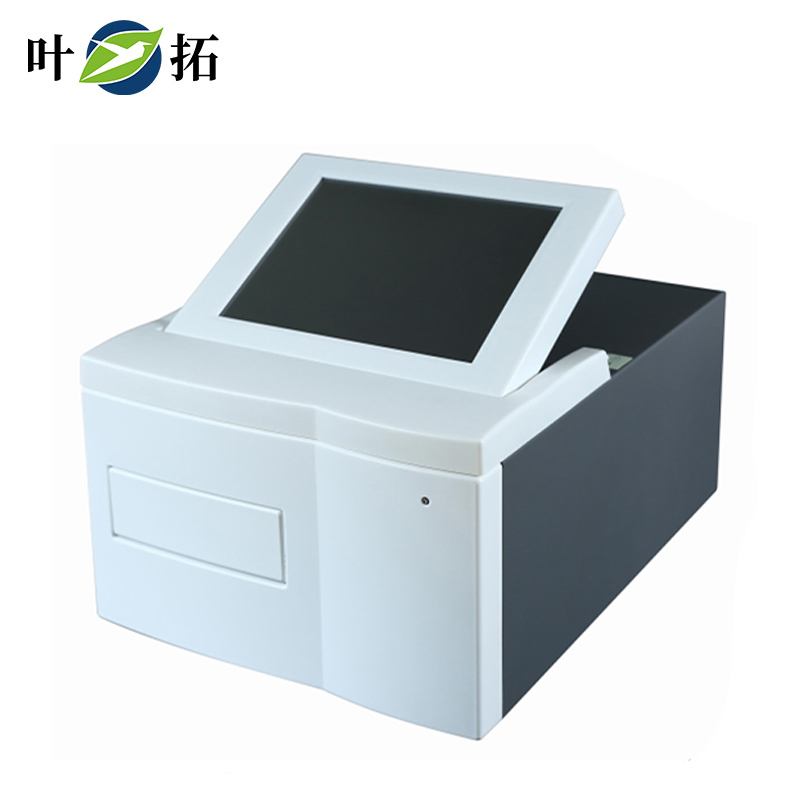The Shanghai Yetuo enzyme-linked immunosorbent assay (ELISA) instrument is a laboratory instrument used to detect the concentration of biomolecules, especially proteins or antibodies. It is based on enzyme-linked immunosorbent assay (ELISA) technology and is used in fields such as biological research, clinical diagnosis, and pharmaceuticals. The following are the main principles and structures of an enzyme-linked immunosorbent assay (ELISA) reader:
Principle:
The principle of enzyme-linked immunosorbent assay (ELISA) is based on the enzyme-linked immunosorbent assay (ELISA), which is a method for detecting and quantifying biomolecules, typically used to detect the presence or concentration of antibodies or antigens.
Adsorption: Fixing antigens or antibodies on microporous plates or other adsorption surfaces to bind with target molecules in the sample being tested.
Washing: Remove unbound substances and add enzyme labeled secondary antibodies or substrates to the sample.
Reaction: If the test sample contains target molecules, they will bind to antibodies or antigens. Then, the enzyme labeled secondary antibody or substrate will bind with the bound target molecule to form a complex.
Detection: Enzyme labeled secondary antibodies or substrates contain a detectable enzyme (usually horseradish peroxidase or alkaline phosphatase) that can convert the detected signal into readable results.
Measurement: The enzyme-linked immunosorbent assay (ELISA) measures the conversion rate of the substrate, which is proportional to the concentration of the target molecule. The results are usually output in the form of absorbance or fluorescence intensity.
Structure:
An enzyme-linked immunosorbent assay (ELISA) reader typically consists of the following main components:
Light source: A microplate reader is typically equipped with a light source, such as a grating or photodiode, to generate an appropriate light source for illuminating the sample.
Optical system: The optical system includes a lens, a filter, and a detector, used to measure the absorbance or fluorescence signal in the sample.
Control System: The ELISA reader is equipped with a control system for setting and controlling experimental conditions, such as wavelength, temperature, and reaction time.
Sample rack: The sample rack is used to place microplates or other containers containing the sample and reagents to be tested.
Computer/Display: Many enzyme-linked immunosorbent assay (ELISA) analyzers are equipped with computer interfaces and displays to record and analyze experimental data.
Automatic plate washer: Some enzyme-linked immunosorbent assay (ELISA) analyzers are also equipped with automatic plate washers, which are used to wash microplates to remove unbound substances.


 Alibaba Store
Alibaba Store Tmall Store
Tmall Store Jingdong Sstore
Jingdong Sstore







